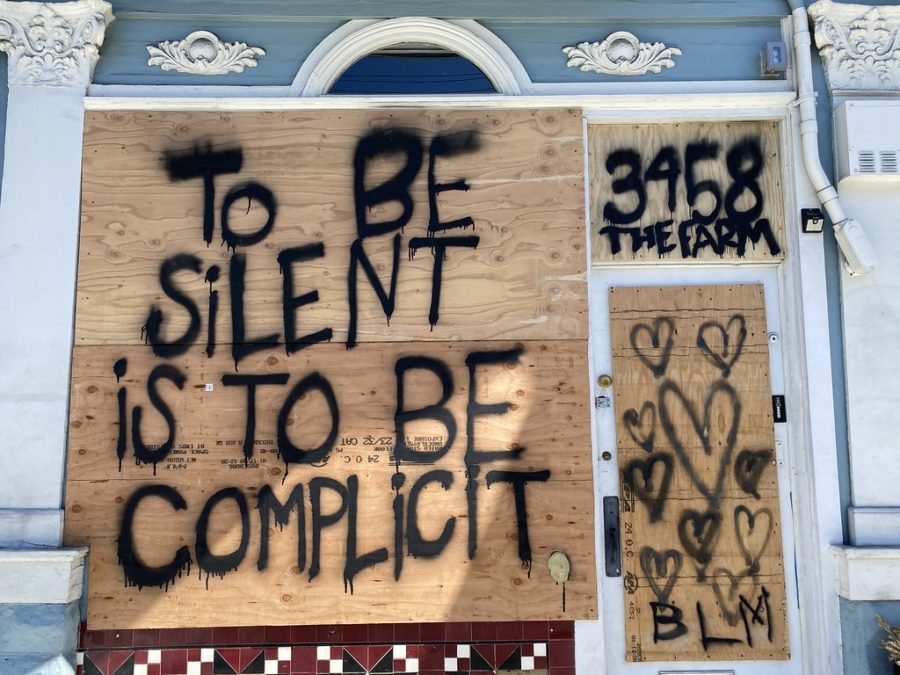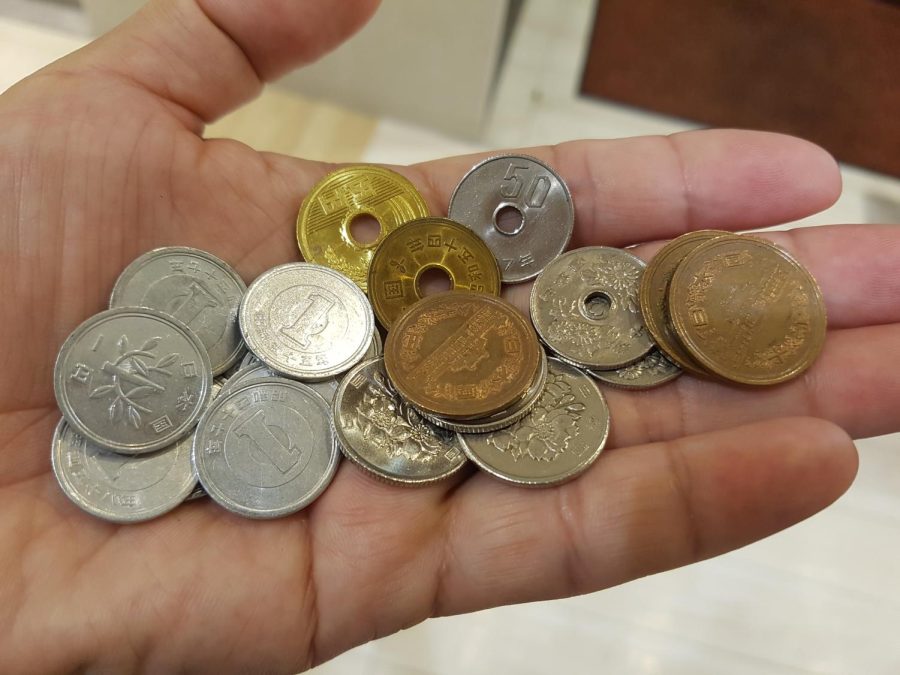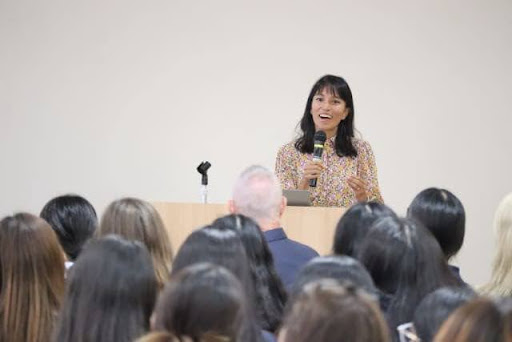The Tiktok misinformation “pandemic”

Solen Feyissa
TikTok on Unsplash
November 30, 2022
Introduction
As of October of 2022, TikTok has been downloaded over 2.6 billion times worldwide. The viral application is most popular among people ages from 10 to 29, and consists of short videos ranging from humorous memes to serious information. Though it brought some entertainment to everyone’s quarantine during the devastating pandemic, Tiktok has also become the catalyst for the spread of misinformation online. The misinformation on this platform comes in many forms: serious fake news updates, humorous memes of criticism, and many more. Regardless of which type, these short videos all have one goal in common: they try to shift their audience’s opinion on a certain subject in one direction. Their goal may range from persuading you to purchase a product or convincing you to endorse a certain public figure.


A survey that was completed by ISSH students from Grades 7-12 shows their usage and trust in this application. Out of the 63 respondents who responded that they “used TikTok regularly,” 54 of them answered that they get news from TikTok (for instance, updates regarding the Ukraine War). Furthermore, almost 80% of the respondents did not trust the information that they saw, believing that it was not supported by enough research before its publication.
Why TikTok?
There is a reason for the amount of misinformation on TikTok. While platforms like Facebook and Instagram have been deliberately trying to fact-check every piece of content that has been published, little effort has been made by TikTok to do the same. According to BBC, “unlike some of its rivals, TikTok does not provide transparency or analytics tools to academic researchers and journalists.” The task of identifying false news falls entirely on its small number of independent fact-checkers as well as its large scale of audience. Unfortunately, with TikTok’s magical ability to capture its users’ complete attention, not many are willing to go the extra mile and debunk visible falsehood.
The dangers of TikTok
As the results of the aforementioned survey among ISSH students suggest, many are aware that the information they find is not always reliable. Regardless, simply entering the application will lead its users down a rabbit hole of scrolling through videos; Francesca Tripodi, a professor at the University of North Carolina, told The Japan Times that “TikTok’s algorithm tends to keep people on the app, making it harder for them to turn to additional sources to fact-check searches.” She adds on by saying that “[people] aren’t really clicking to anything that would lead [them] out of the app, that makes it even more challenging to double-check the information [they’re] getting is correct.” The results of the survey about TikTok among ISSH students agrees with Tripodi’s statement. Even though 50% of students double check the information they see on TikTok, there is still a large portion of students in our school who do not despite their distrust in the application.
Conclusion
Dr. Donna Gregory, a senior lecturer at Regis College, shares in an article from Forbes some questions she considers when encountering unfamiliar information. Amidst the ocean of misinformation on TikTok, users can learn to identify what is true and what is false by taking a few seconds to consider the video publisher’s intent, where they are obtaining the information from, as well as how your reactions and responses can benefit them.

Most ISSH students seem to be aware of the substantial amount of misinformation that exists on TikTok and double check the content that they see. When asked if they double checked the news on TikTok, over half of the respondents (52.7%) replied “Yes.” Nonetheless, there is still a hefty number of students (41.1%) who responded that they do not double check the information despite their distrust in it — but this is understandable because of how difficult it is to defy TikTok’s algorithm, which has been designed specifically to captivate its user’s attention.
In the age of digital information today, not only do we need to defend ourselves physically from the COVID-19, it is also important to beware of the misinformation “pandemic” taking place on TikTok.












































